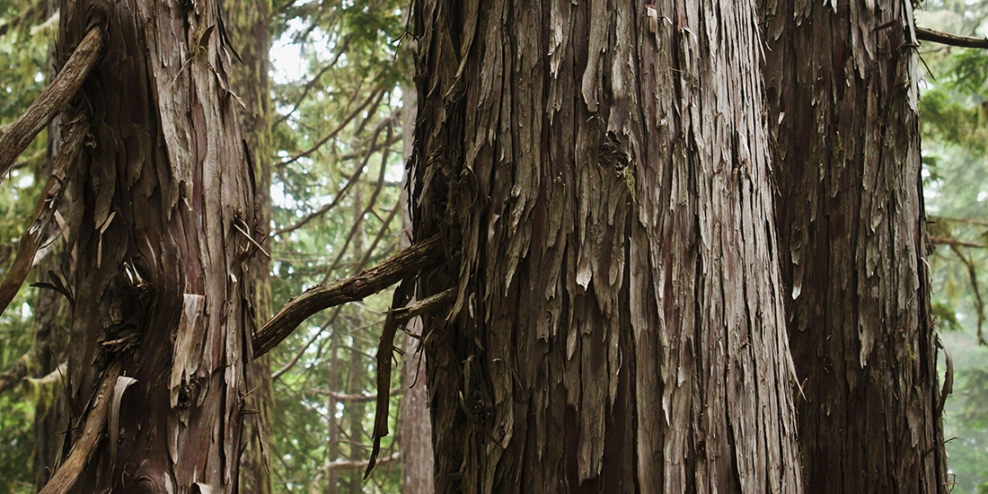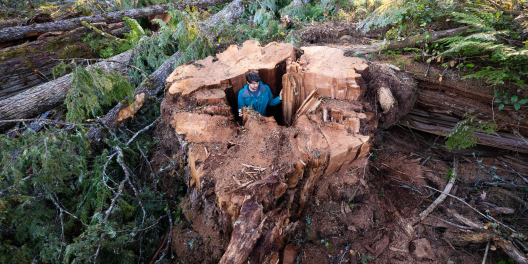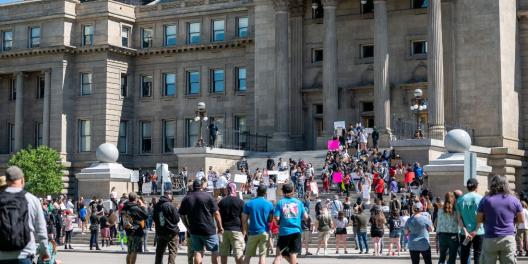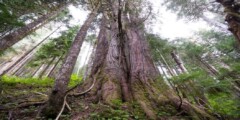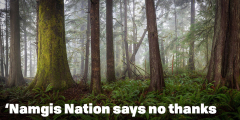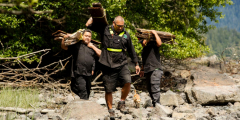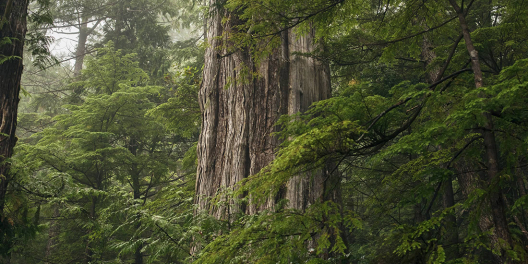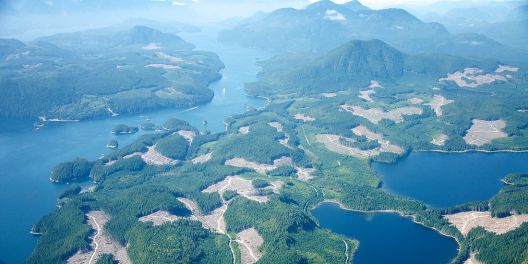Last fall, Premier Horgan announced his old-growth plan that could defer logging on 26,000 square km of old forest across BC. That sounds like a lot. But it’s not. It’s just 4 percent of the forested land in the province.
And remember, they’re only potential deferrals, which means they’re not protected. In other words, these lands could be reopened to logging with a change of heart, or change of government.
Rather than retool for a future of cutting and milling 2nd growth trees, for the most part, forest industry execs have dug in their heels.
They claim they need ten more years of access to old growth. For what? We’re not sure. But they’re a powerful lobby.
They’ve had it really good for a long time. But, for the most part, the old-growth in the valley bottoms on Vancouver Island has all been logged and replaced with tree plantations.
With the valleys emptied out, logging companies increasingly target high-elevation Vancouver Island forests. As a result, logging companies keep pushing roads higher into the mountains. That’s what’s happening with stands of ancient yellow cedar and hemlock next to Mt. Cain Alpine Park in the mountains above Woss.
The forest sits within Tree Farm License (TFL) 37, a tenure held by Western Forest Products. New roads have been punched in, and the flagging tape has been hung in preparation for logging. The targeted forest sits in a subalpine bowl, Mt. Hapush. A lot of people probably thought it was protected.
It’s not, but it should be.
Such places are like the last of the last. The stout yellow cedars and hemlocks are long-lived, but they grow really slowly. They’re also threatened by climate change. Their branches are covered in lichens.
We recently spoke to a biologist who studied lichens and mushrooms in BC’s old-growth forests. He calls Horgan’s logging deferrals “too little, too late.” But, of course, any protection of what’s still standing is better than nothing.
But our forest sector is at a crossroads.
The choice is clear. We can endure some short-term pain, compel the logging industry to rethink how they do forestry, and help communities and First Nations in rural BC diversify their economies.
Or, we can keep pushing roads to the mountain tops and wipe out what’s still left alive.
